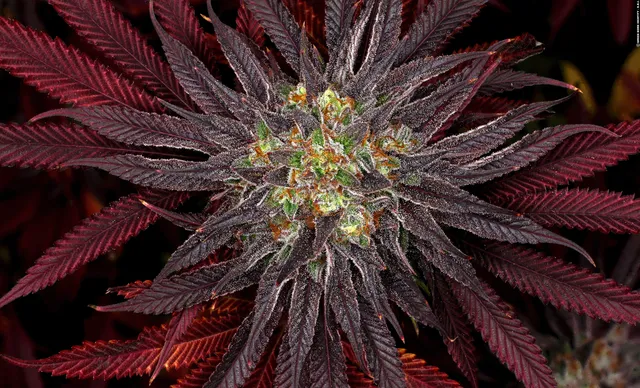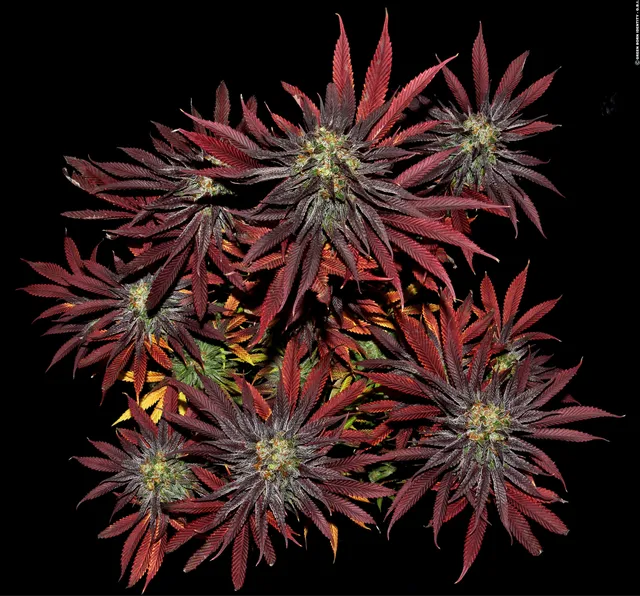Autoflowering cannabis strains have revolutionized indoor cultivation, offering faster growth cycles and ease of maintenance. To maximize your yield and ensure healthy plants, understanding the nuances of autoflowering varieties is essential. This guide reveals the secrets to thriving autoflower strains indoors, focusing on crucial aspects from choosing the right seeds to optimizing your growing environment.

Selecting the best autoflower strains for indoor growing is the first step to success, especially when you choose high-quality autoflowering seeds and other seeds. Consider the following factors:
â— Genetics: Opt for reputable seed banks known for stable genetics. Popular choices include strains like Blueberry Auto, Northern Lights Auto, and Gorilla Glue Auto.
â— Growth Characteristics: Look for strains that are known for their robustness and resistance to common pests and diseases. This is particularly important for beginners.
â— Yield Potential: While autoflowers typically yield less than photoperiod strains, some, like Amnesia Haze Auto are known for their generous harvests.
Optimal Light Setup
Lighting plays a pivotal role in the growth and health of autoflowering cannabis. Unlike photoperiod strains, autoflowers do not rely on light cycles to flower. Here’s how to set up your lights for maximum efficiency:
â— Light Spectrum: Use full-spectrum LED lights to provide the necessary range of light wavelengths for all growth stages.
â— Light Schedule: Autoflowers thrive under 18-24 hours of light daily. Many growers prefer an 18/6 light schedule, but 24 hours of light can also produce excellent results.
â— Intensity and Positioning: Ensure lights are neither too close nor too far from the plants. Maintain a distance of 18-24 inches to prevent light burn while providing sufficient intensity.
Soil and Nutrient Management
The choice of soil and nutrients significantly impacts the health and yield of your autoflowering plants.
â— Soil Mix: Use a well-draining soil mix rich in organic matter. Many growers recommend a mix of peat moss, perlite, and compost for optimal growth.
â— Nutrients: Autoflowers have a shorter life cycle and generally require fewer nutrients. Start with a mild nutrient solution and gradually increase as the plants grow. Focus on balanced N-P-K ratios during the vegetative stage and higher phosphorus and potassium levels during flowering.
â— pH Levels: Maintain soil pH between 6.0 and 7.0 to ensure nutrient availability and prevent deficiencies.
Watering Techniques
Proper watering is crucial for autoflower strains. Overwatering or underwatering can lead to various problems, including root rot and nutrient deficiencies.
â— Watering Frequency: Water when the top inch of soil feels dry. Overwatering is a common mistake; let the soil dry out slightly between waterings.
â— Water Quality: Use filtered or distilled water to avoid chlorine and other harmful substances found in tap water. Adjust the pH of your water to match the soil’s pH levels.

Temperature and Humidity Control
Maintaining the right temperature and humidity levels is vital for the healthy growth of autoflower strains.
◠Temperature: Keep the temperature between 70-85°F (21-29°C) during the day and slightly cooler at night. Consistent temperatures promote healthy growth and prevent stress.
â— Humidity: Autoflowers prefer moderate humidity levels. Aim for 40-50% during the vegetative stage and reduce to 30-40% during flowering to prevent mold and mildew.
Training and Pruning Techniques
While autoflowers are generally smaller and more compact, training and pruning can still benefit their growth.
â— Low-Stress Training (LST): Gently bend and tie down branches to create an even canopy and improve light penetration. This technique helps increase yields without causing significant stress to the plants.
â— Defoliation: Remove large fan leaves that block light to lower bud sites. Be cautious not to over-prune, as autoflowers have a limited recovery time due to their short lifecycle.
Harvesting and Curing
Knowing when and how to harvest is crucial for obtaining high-quality buds.
â— Harvest Timing: Monitor trichomes with a magnifying glass or microscope. Harvest when trichomes are mostly cloudy with some amber, indicating peak potency.
â— Drying and Curing: Dry buds slowly in a dark, well-ventilated area with 50% humidity. Once dried, cure buds in airtight jars, burping them daily for the first week to release excess moisture and improve flavor and potency.
Conclusion
Growing autoflower strains indoors can be incredibly rewarding with the right approach. By choosing the right strains, optimizing your growing environment, incorporating https://www.barneysfarm.com/a into your growing routine, and following best practices for soil, lighting, and nutrient management, you can achieve impressive yields and high-quality buds. Whether you’re a novice or an experienced grower, these secrets will help you master the art of autoflower cultivation indoors.

